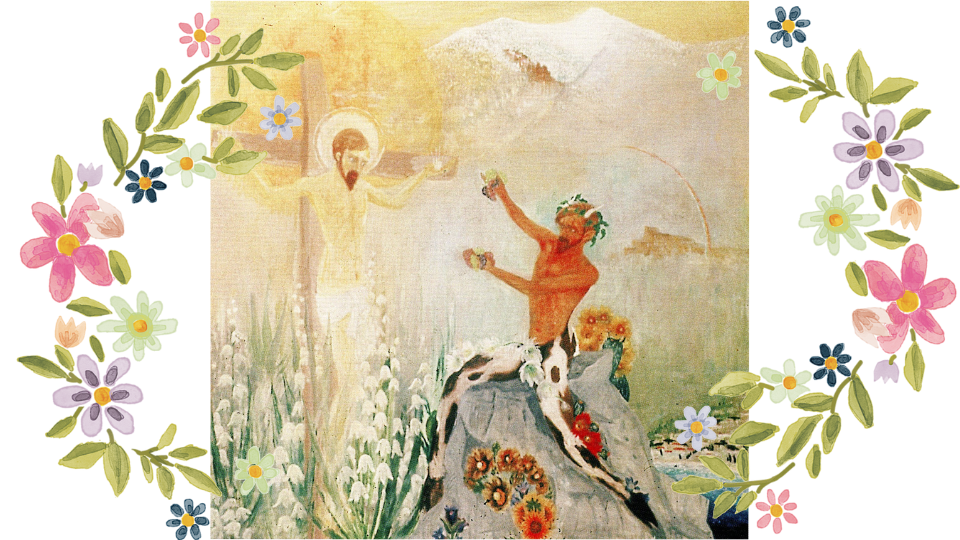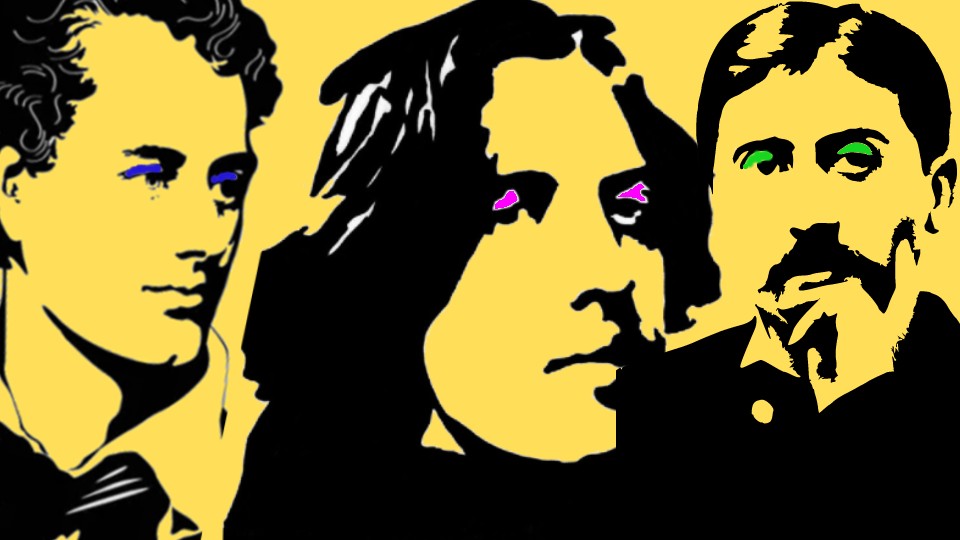Friday 27 January is National Holocaust Remembrance Day. In this article, James Walker discusses a project celebrating the remarkable life of Ruth Schwiening who came to Britain at the age of three as part of the Kindertransport during WWII.
In my early twenties, I devoured every book imaginable about World War II. Through literature, I wanted to read every perspective so that I could try to understand that which was completely incomprehensible: the deliberate, organised, state-sponsored persecution and murder of six million European Jews, as well as other groups of people who fell into the category of Untermenschen (subhuman) and therefore did not deserve to live. This included disabled, gay, Romany, and Jehovah’s Witness people and anyone else who contravened the ideology of racial purity.
Sebastian Haffner’s memoir Defying Hitler was a particularly memorable read because it opened with a line I had never considered before: The first country to be invaded by the Nazis was Germany. Until that point, the narrative had been simple – at least by my education. All Germans were bad, all Allies were good. To realise that many German people were also victims of Nazism complicated my simplistic understanding of war by bringing humans to the centre of the story.
I mention this because I recently invited Ruth Schwiening and her husband Jürgen to give a talk to some of my creative writing students at Nottingham Trent University. Ruth and her family were born and bred in German. Her parents ran a farm and taught others – a bit like woofing – so that they could live independently off the land. But when the Nuremberg Laws were introduced in 1935 another aspect of their identity was made prominent: They were Jews. This meant they were denied their German citizenship, forbade to marry non-Jews, and had all political rights removed. They were forced to sell the farm and flee the country.
Ruth was put on the Kindertransport when she was three and came to Britain. She still lives here now, in Newark, Nottinghamshire. However, there wasn’t room for her twin and other brother. Her father was arrested and sent to Dachau – the prototype concentration camp. Remarkably, there’s a happy ending of sorts to this story. The family were eventually reunited and lived to tell their tale. But Ruth’s most rebellious act was to later marry a German man, Jürgen, who had been raised as a member of the ‘master race’. But that’s another story.
Ruth is as an artist who has turned to paint, ceramics and poetry to make sense of her life and to warn others against complacency. With the growing rise of authoritarianism and fascism across the globe it is vital her story and others are not forgotten. It’s with this in mind that I have been working with Debbie Moss and the National Holocaust Centre to produce a spin-off website as part of their project called The Listening Project. This will feature Ruth’s story as well as responses to her artwork from John Lewell, Kai Northcott, Ellie Jacobson and myself.
My Story by Ruth Schwiening was published by The Association of Jewish Refugees in August 2022.


